
The fandom of vinyl collecting on Instagram
Over the years, I casually bought vinyl records every once in a while. However, in 2020 it took flight when the pandemic hit and I could no longer attend concerts.. To fill this musical gap, I began to collect my favorite artists’ albums on vinyl. In the process, I found there was a whole community of vinyl collectors on Instagram. Nearly two years have passed since then. I will use this experience to answer the following question: What can the vinyl community on Instagram tell us about fandom?
Before we can zoom in on the vinyl community, I need to include some theory about fandom and concepts, specifically gamification and participatory culture.
Fandom: emotional connections, poaching, and (self-)reflection
There is a long-standing tradition that defines fandom in quite negative terms. Fans were seen as fanatic, displaying excessive unhealthy behavior deemed close to madness (Jenson, 2002).
A more positive reading of fandom comes from Duffet (2013). He defines fandom as: ‘[..]a positive, personal, relatively deep, emotional connection with a mediated element of popular culture’ (Duffet, 2013). Jacobs (2020) builds on this definition. According to her, fandom is the total of fan communities that is ‘[..]connected by a shared positive, personal, relatively deep, and emotional connection with a mediated element of popular culture' (Jacobs, 2020). 'This connection leads to the engagement of audience members in interpretive and creative practices’ (Jacobs, 2020).
What comes to mind here is the concept of popular reading. Popular reading recalls the tactics and games that fans use in their reading of a text or object (Jenkins, 2012). Jenkins (2012) views it as a collage of fragments fans put together as their own blueprint of the content. Fans do this in a process of ‘making sense of their own social experience’ (Jenkins, 2012). Popular reading is connected to De Certeau’s concept of ‘poaching.’ Fans often read texts and objects in ways that do not align with the producers’ meaning. As such, fans ‘poach’ said content for their own attributed meaning and purposes.
This poaching relates to the production and distribution of artistic works as well. Fans do not always agree with the choices producing companies make. They often express frustration and anger about it. In experiences like these, fans become painfully aware that the content does not belong to them. Other parties have the power and means to do things to it that contradict the fans’ own interests (Jenkins, 2012). However, fans often find ways to spread their own views of said content (Jenkins, 2012).
In their consumption of fan objects such as musical albums, fans are no longer just an audience. Instead, they become highly active participants that construct and circulate the meaning of these objects and ideas (Jenkins, 2012). Fans do not simply consume popular culture content anymore; they make their own creations, such as fanzine stories, fan art, and songs (Jenkins, 2012).
A study of Bruce Springsteen fans revealed that music makes it possible for fans to ‘reflect on themselves and their relative positions in the social world’ (Cavicchi, as cited in Click et al., 2013). The fans see the music as a form of reflection, like a mirror that can shape self-awareness (Click et al., 2013). Fans thus use artists and their music for self-reflection (Click et al., 2013). Fans recognize themselves in them, and as such, they can function as ‘narrative focal point[s] in the construction of life narratives and identities’ (Sandvoss, as cited in Click et al., 2013).
Commodification, gamification, and participatory culture
Another set of very relevant concepts are commodification, gamification, and participatory culture. A central notion is 'celebrity as commodity.' The celebrity is commodified to make money from both their content and their persona, which is created by the entertainment, media, and publicity industries (Driessens, 2012). This web of parties includes managers, agents, public relations personnel, and not in the least the artist him or herself. Songs and merchandise are instances of this commodification, but it does not end there. Artists’ hairstyles and so on also become commodities that fans can consume and copy.
Gamification is the next concept. It entails the ways in which ‘everyday life is colonized by the logic and mechanics of video games’ (Muriel & Crawford, 2018). Gamification is present in multiple fields, including education, labour, therapy, business, social relations, and social media (Muriel & Crawford, 2018). Social platforms, for example, change social relations into something 'that resembles video gaming in terms of achievements and scores through their accounting of ‘likes’, ‘followers’, ‘reach’, ‘milestones’ and so on' (Muriel & Crawford, 2018).
The last vital concept is participatory culture. Not long ago, consumers were passive in their consumption of media content. But due to digitalization and social media, this has changed. This is where participatory culture becomes vital. ‘Participatory culture is a culture that ‘absorbs and responds to the explosion of new media technologies that make it possible for average consumers to archive, annotate, appropriate, and recirculate media content in powerful new ways’ (Jenkins et al., as cited in Muriel & Crawford, 2018).
Participatory culture recalls a user agency that focuses on sharing knowledge and information with other users (Muriel & Crawford, 2018). ‘Participatory culture is seen to benefit group dynamics’ (Muriel & Crawford, 2018). Among fans, there is a solid group feeling. Because of this group feeling, fans draw strength and support from identifying as members of a group of fans who share common interests and confront common problems (Jenkins, 2012).
Now I have discussed this literature and introduced essential concepts for the analysis, let us turn to the study object: vinyl collecting on Instagram.
The vinyl community on Instagram
Firstly it is important to state that the term ‘vinyl community on Instagram’ is broad. It does not refer to the fans or records of a specific artist. Instead, it includes all music that has been pressed on vinyl. It is a community of vinyl collectors brought together through their love of music. They love all kinds of artists and listen to multiple musical genres. While its name is indeed extensive, the vinyl community does come with specific practices.
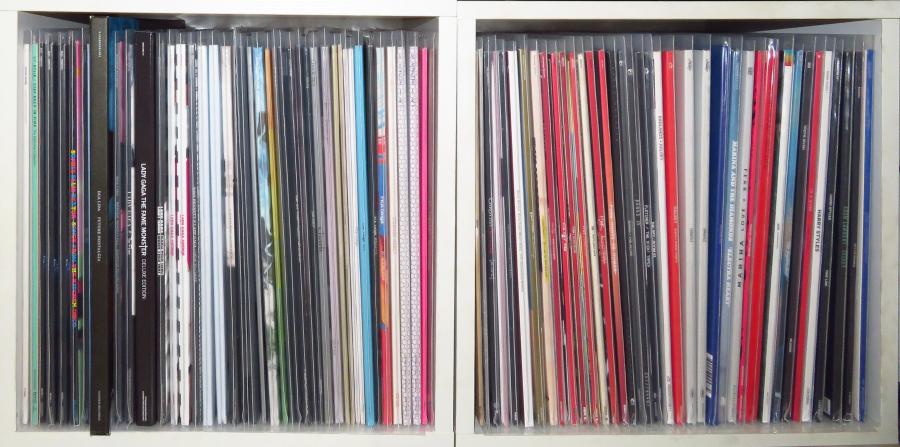
Figure 1. Vinyl records
Vinyl hashtags and vinyl posting
The fandom object of these people is vinyl. A first fandom practice of the vinyl community on Instagram is that members use and communicate through vinyl-related hashtags. Figure 2 shows some of the most used vinyl hashtags with the total number of posts that include those specific hashtags (Instagram, 2021). The posts range from 4 to 27.8 million.
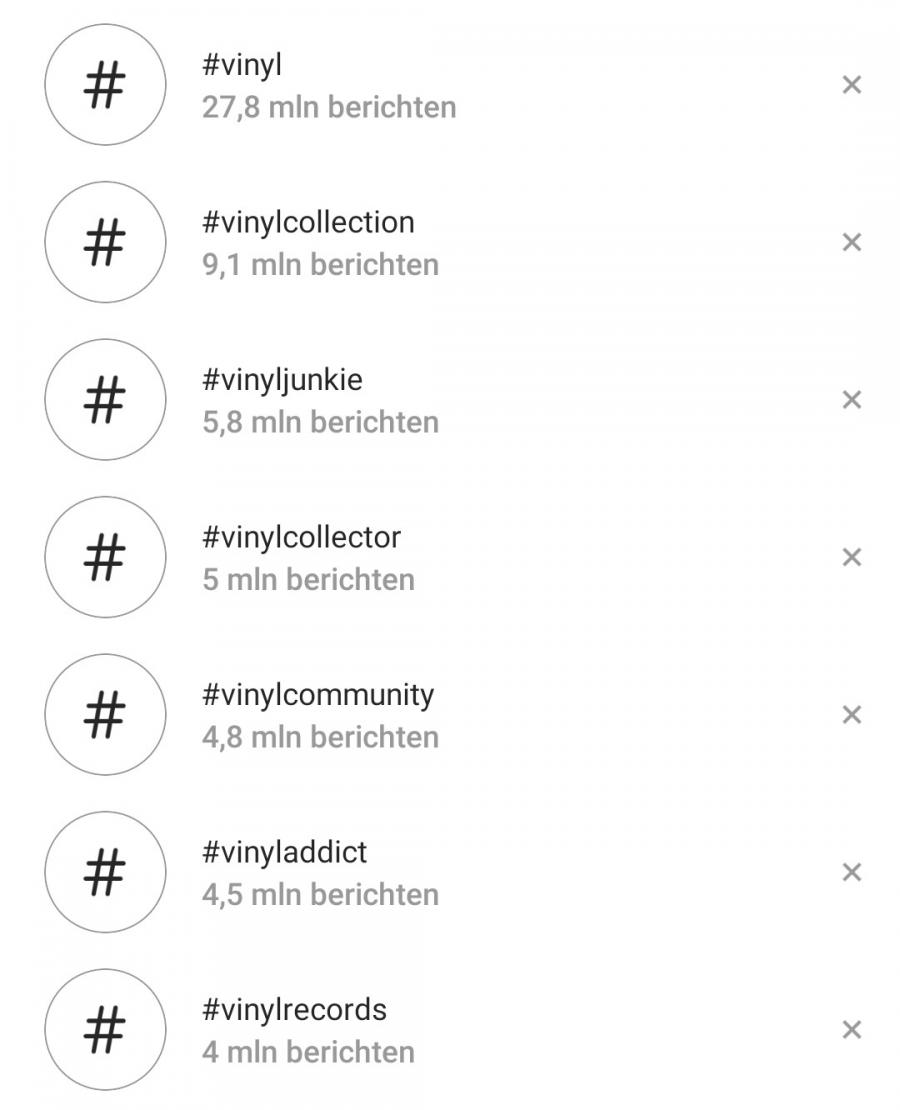
Figure 2. The most used vinyl hashtags on Instagram
Secondly, the main fandom practice of the vinyl community, is taking photos of their vinyl records and posting them. The community does this in a variety of ways. In general, these posts include images of vinyl records and captions that inform which record it is. Besides that, the options are endless. Some community members provide a short review of the songs on the albums in question. For example, Figure 3 shows a collector posting about their favorite Bjӧrk album (Instagram, 2021). The caption includes a memory from when they first listened to said album. Besides that, the specific edition is also included, alongside the number of copies made of this edition.
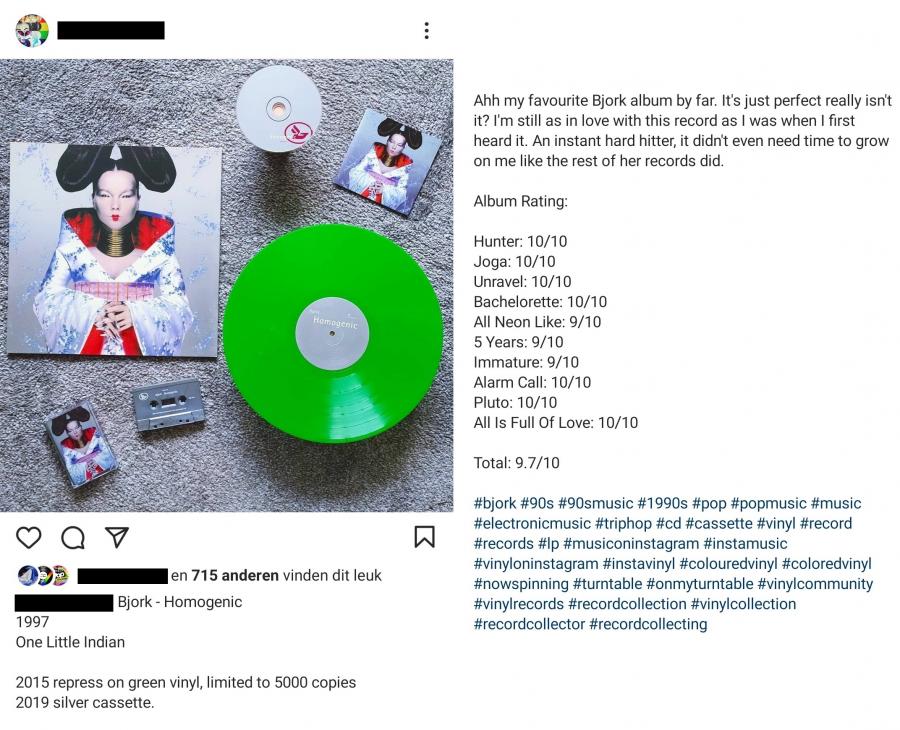
Figure 3. Vinyl collectors doing a review vinyl post
Other fans talk very personally about the vinyl records in their posts. They speak about having an emotional connection to them. The fan from Figure 4 for example says Christina Aguilera's Stripped is very important them (Instagram, 2021). And as Figure 5 shows, another collector declares the album ‘Born This Way’ by Lady Gaga has helped him with self-acceptance (Instagram, 2021). This shows that music is a mighty and beautiful thing. It recalls using music as a mirror for self-reflection (Click et al., 2013). As such, it is an explicit example of a popular reading of the albums, as fans attribute their own story and memories to them. It also serves as a visualization of Duffet’s (2013) definition of fandom as the expression of a deep and emotional connection to a mediated object of popular culture.

Figure 4. Vinyl collectors expressing the importance of musical albums 1
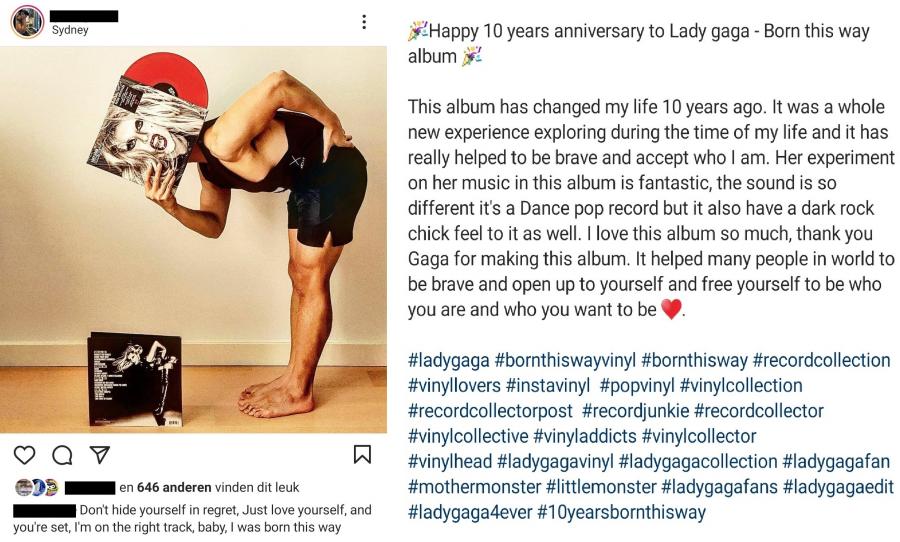
Figure 5. Vinyl collectors expressing the importance of musical albums 2.
Members of the vinyl community on Instagram are very creative with their vinyl posts. Some collectors recreate vinyl covers. The earlier mentioned picture from Figure 5 shows the collector mirroring Lady Gaga's pose on the back cover of the album ‘Born This Way' (Instagram, 2021). Figure 6 shows a collaborated effort between collectors to re-invent the album cover of ‘The Dance’ by Fleetwood Mac (Instagram, 2021).
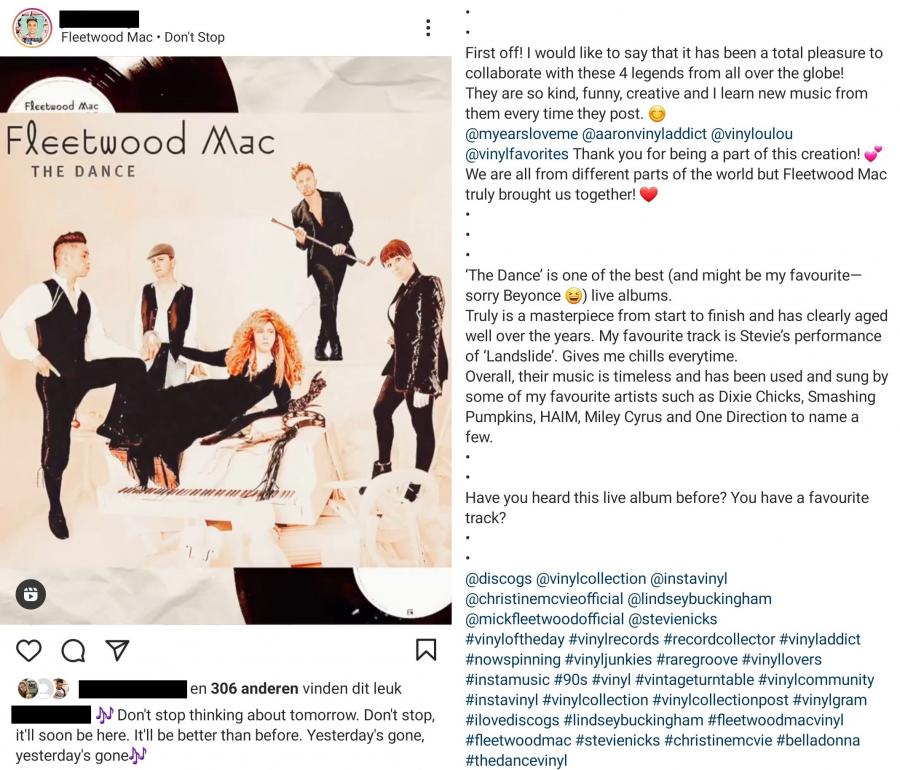
Figure 6. Vinyl collectors re-creating a vinyl record’s artwork
Besides this form of recreating, other collectors go a step further and impersonate the albums’ artists. Figure 7 shows a girl dressed up as Stevie Nicks (Instagram, 2021). These pictures and this particular fandom practice are an example of fans consuming the artist’s image as a commodity and copying it in their vinyl posts.
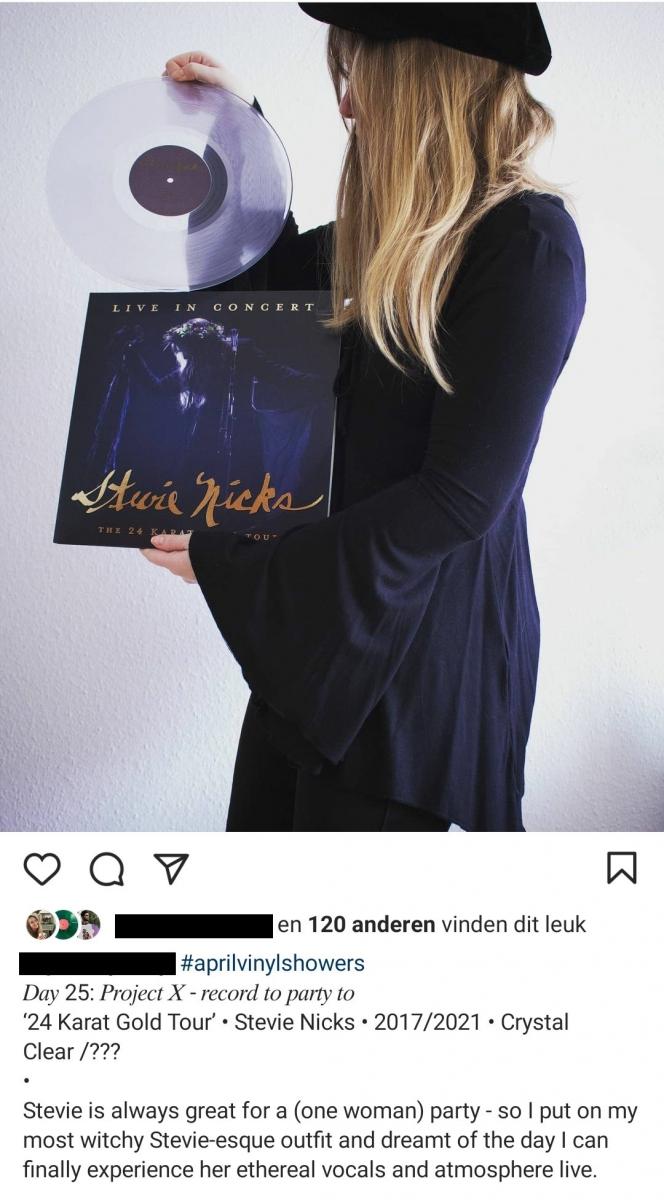
Figure 7. Vinyl collectors posing as their idols
There are countless ways to post about vinyl. That is the fun about vinyl posts: the endless possibilities and enormous variety and creativity in the pictures of vinyl posts. Some people then allow the artworks and colors of the vinyl records as inspiration. Or they make sure the posts stay within the color theme of the vinyl album in question. Figures 8 & 9 are examples of different kinds of vinyl posts, in this instance, these posters are fans of Taylor Swift (Instagram, 2021).
Further, this fandom practice of vinyl posts on Instagram portrays De Certeau’s notion of poaching (Jenkins, 2012). The vinyl community takes their fandom object and uses it for its own purpose: aesthetic Instagram posts with a caption about the album in question.
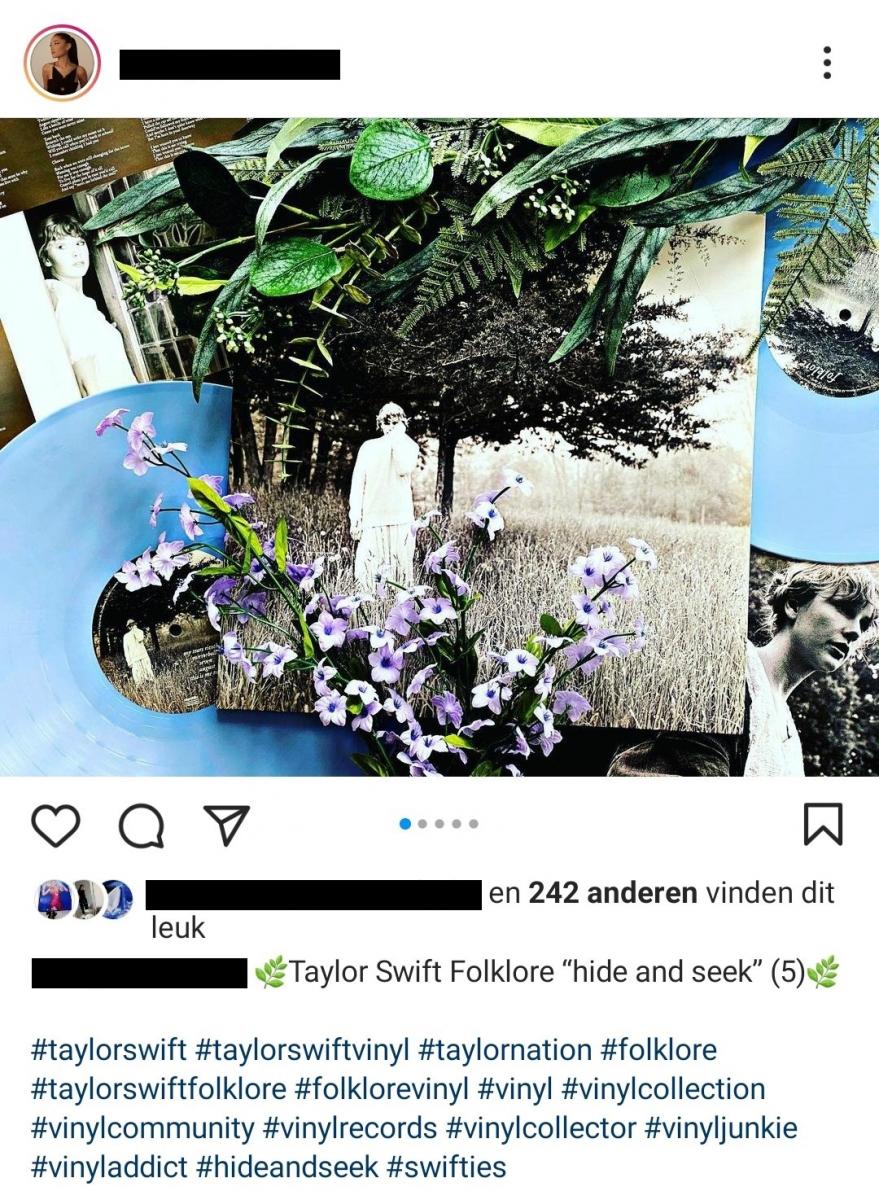
Figure 8. An Instagram vinyl collector uses flowers and plants in their vinyl post about Folklore by Taylor Swift
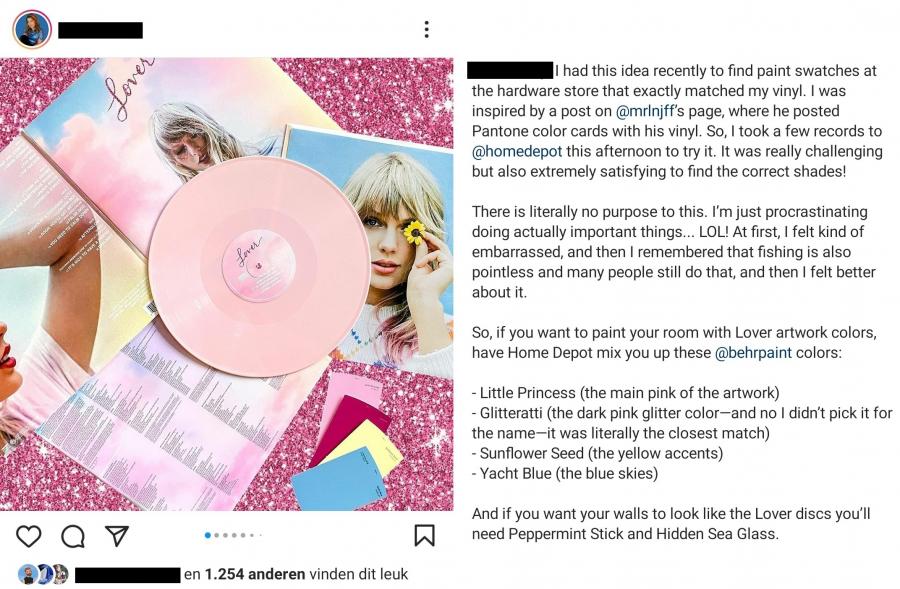
Figure 9. An Instagram cinyl collectors use color cards for their vinyl post about Lover by Taylor Swift
The vinyl community uses the Insta Story in specific ways
A second fandom practice of the vinyl community is their use of Instragram's Insta-Story feature. For the non-Instagram users I will briefly explain what the Insta Story is. It is a vertical photograph or video with a maximum length of 15 seconds, which is only visible on Instagram for 24 hours. The vinyl collectors use this Instagram function in very specific ways. I counted no less than twenty different purposes(!). For the purposes of this paper, I will only include the most important ones.
First up is the use of the Insta-Story to visualize their vinyl orders and vinyl purchases. Vinyl community members post in these stories the records and editions of albums they have (pre)ordered. In addition, they often keep track of their vinyl orders in a highlight reel. As a collector myself, I have included my own vinyl orders highlight as shown in Figure 10 on the right (Instagram, 2021).
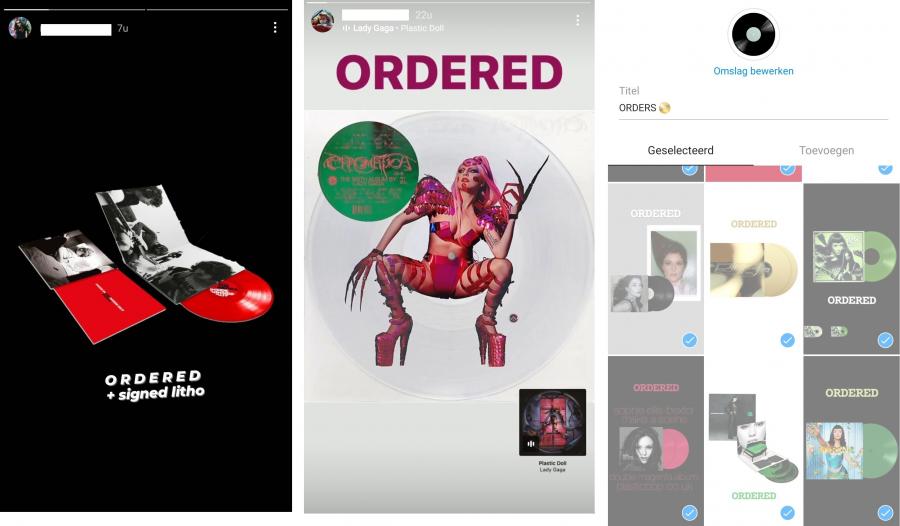
Figure 10. Vinyl collectors using the Insta Story to visualize vinyl orders
This function of the Insta-Story includes sharing offline vinyl purchases as well. An example of this is Record Store Day (RSD). Every year, record stores worldwide get exclusive and limited edition Record Store Day vinyl releases that are only available on that specific day. On this year's Record Store Day, many members of the vinyl community shared their RSD purchases in their Instagram Stories. Besides a picture of their purchases many include a little caption that shows how happy fans were to have been able to get the items they wanted. Figure 11 shows some examples of Stories about RSD 2021 (Instagram, 2021).
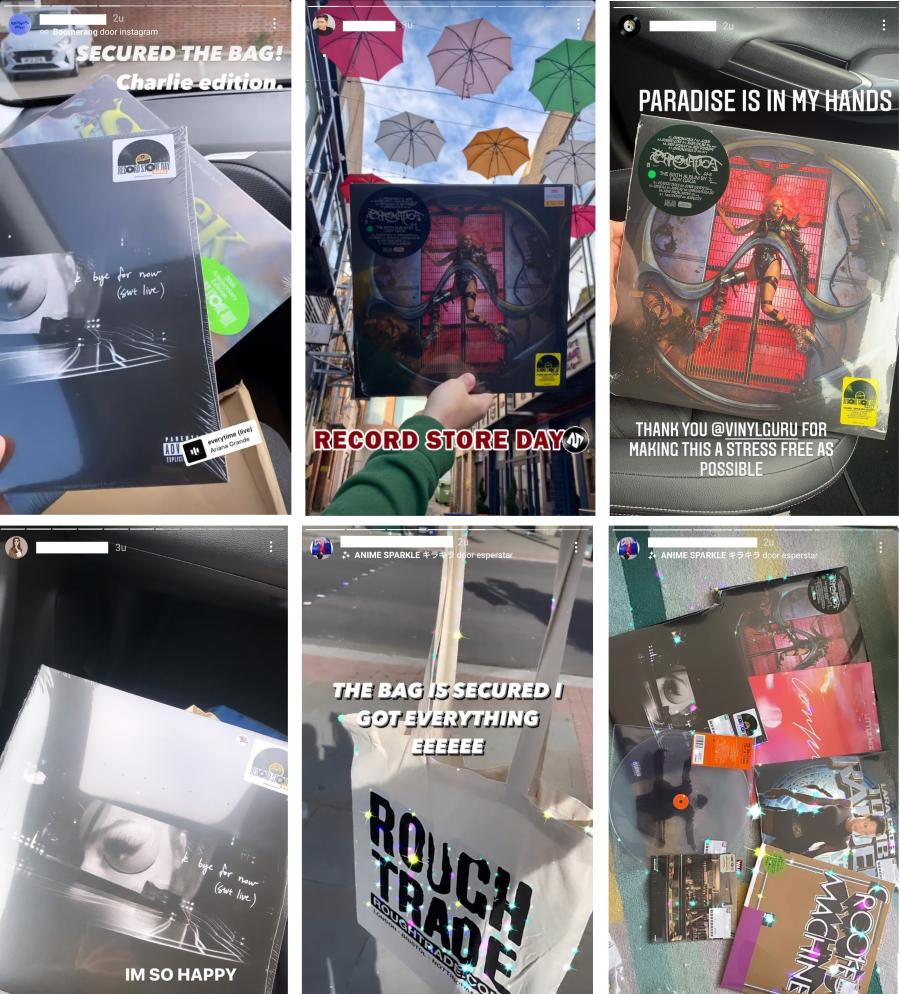
Figure 11. Compilation of vinyl collectors using the Insta Story to visualize RSD 2021 purchases
The second usage of the Insta-Story shows the group feeling of the vinyl community. Vinyl collectors post about specific places where you can buy a particular edition of a record. Collectors help each other find or purchase pieces of vinyl they have been searching for for some time. It shows that the vinyl community on Instagram is more than photos of vinyl records. It entails a feeling of belonging, of being a member of a social group. People feel supported by each other. This group feeling and the fact that people actively help each other shows that the vinyl community on Instagram fits in the notion of participatory culture. In a participatory culture, people provide information and knowledge to others (Muriel & Crawford, 2018). As we can see in the collage in Figure 12, these vinyl collectors are examples of participatory culture (Instagram, 2021).
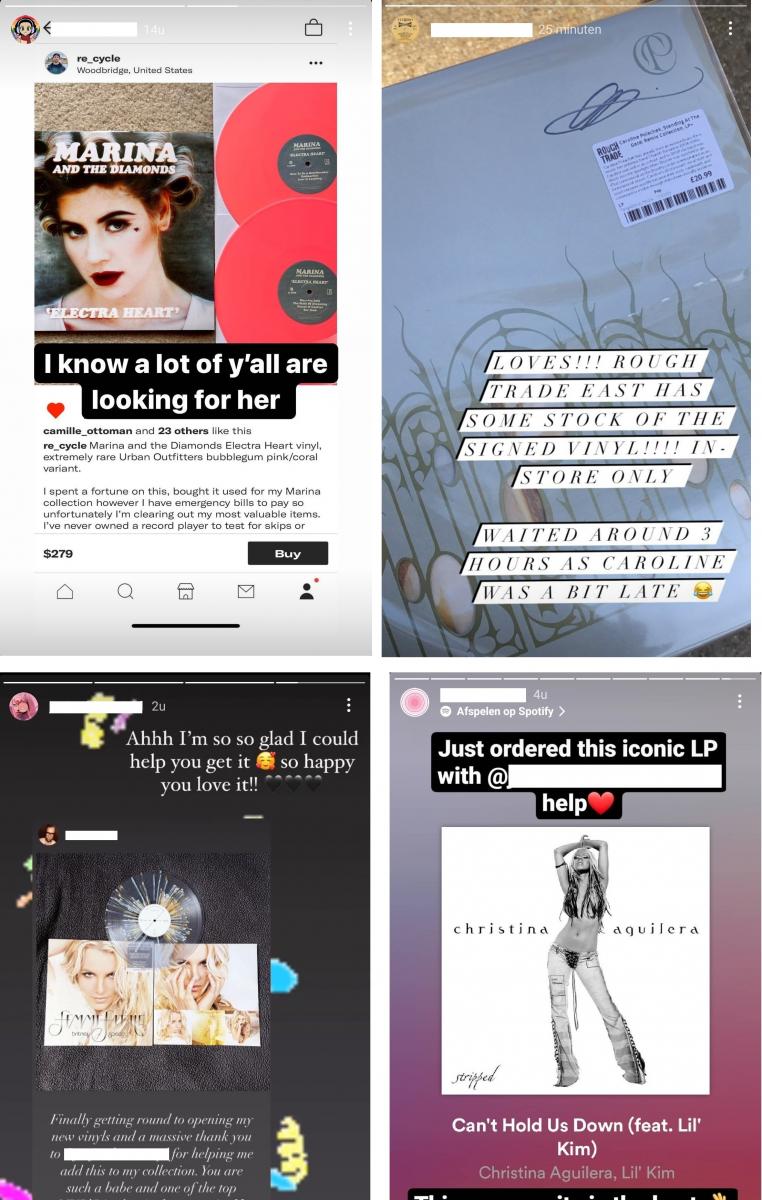
Figure 12. Collage of Insta-Stories portraying vinyl collectors helping each other out
The last function of the Insta-Story is a negative one. Members of the vinyl community use it to express criticism over specific releases or companies. They act out frustrations about entertainment industries’ decisions. For example, they complain about the choice of color of specific vinyl releases. In their opinion, the color does not match the artwork or ‘vibe’ of the music. Figure 13 shows a compilation of reactions to the vinyl editions of Marina’s album ‘Ancient Dreams In A Modern Land' as an example (Instagram, 2021).
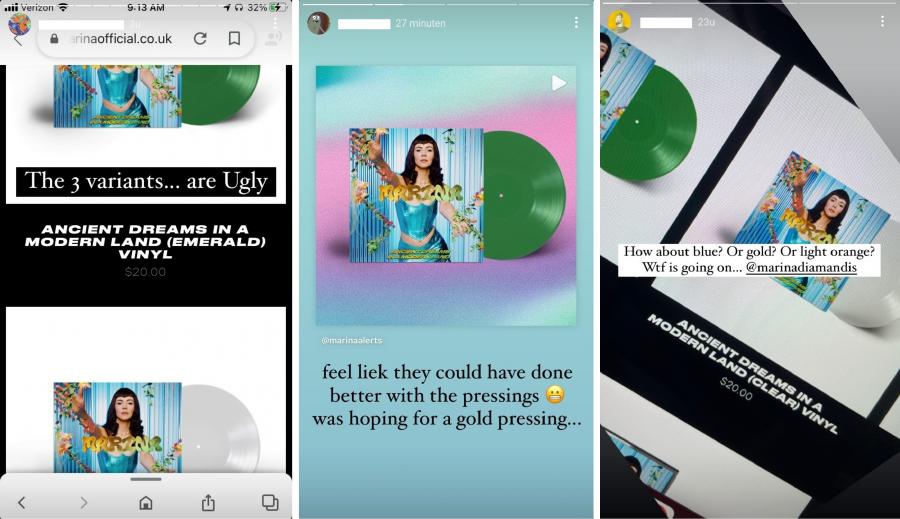
Figure 13. Collage of vinyl collectors using the Insta Story to critique ADIAML vinyl colors
Besides criticism of the color of specific pieces of vinyl, some members also express critique against particular companies in Insta Stories. For example there are complaints about Urban Outfitters. Some collectors are unhappy (only) said company gets to make ‘cool pressings’ or they have had negative experiences with their shipping service (Figure 14) (Instagram, 2021). Another example is frustration about a 3lp release being ‘shoved into a thin jacket' (Figure 14). These are all instances of criticism I came across when I conducted my research.
These situations fit the notion of fans’ popular reading of artistic content in a negative way (Jenkins, 2012). The colors, design, and services of the companies involved did not match the fans’ reading the specific musical content in question. And so they expressed their disapproval very clearly and vividly in these Insta Stories, sometimes even tagging the company responsible.
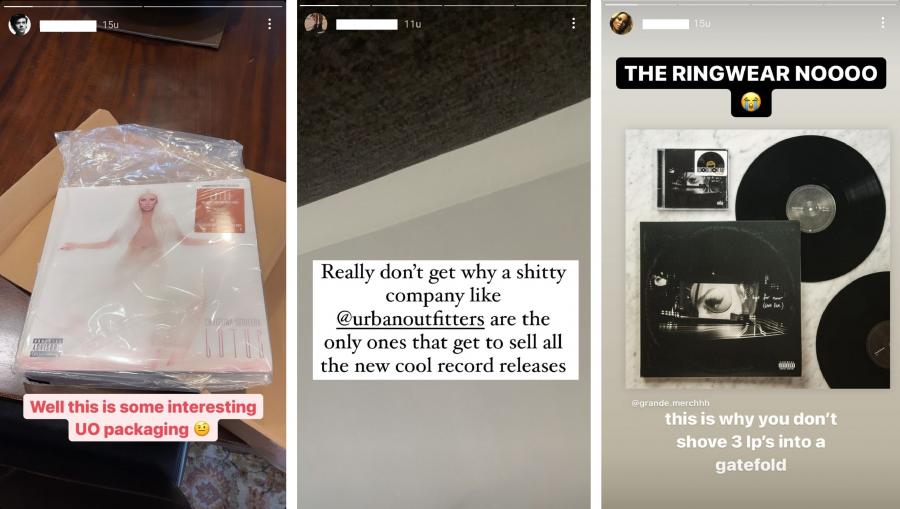
Figure 14. Compilation of vinyl collectors using the Insta Story to speak out against certain companies
Vinyl challenges and giveaways
Another vinyl community practice is that individual collectors start and invent challenges. Literally any member can announce a challenge and take part in one, you do not have to be an account with a big number of followers. The challenges can be thematically or monthly. An example of this is a recent challenge called ‘prettiest pressings.’ As the name says, people made posts about the nine most beautiful vinyl pressings in their collection. This is not necessarily music-related; instead, it focuses purelyon the vibrant colors of the vinyl records. Figure 15 shows two posts of the prettiest pressings challenge (Instagram, 2021).
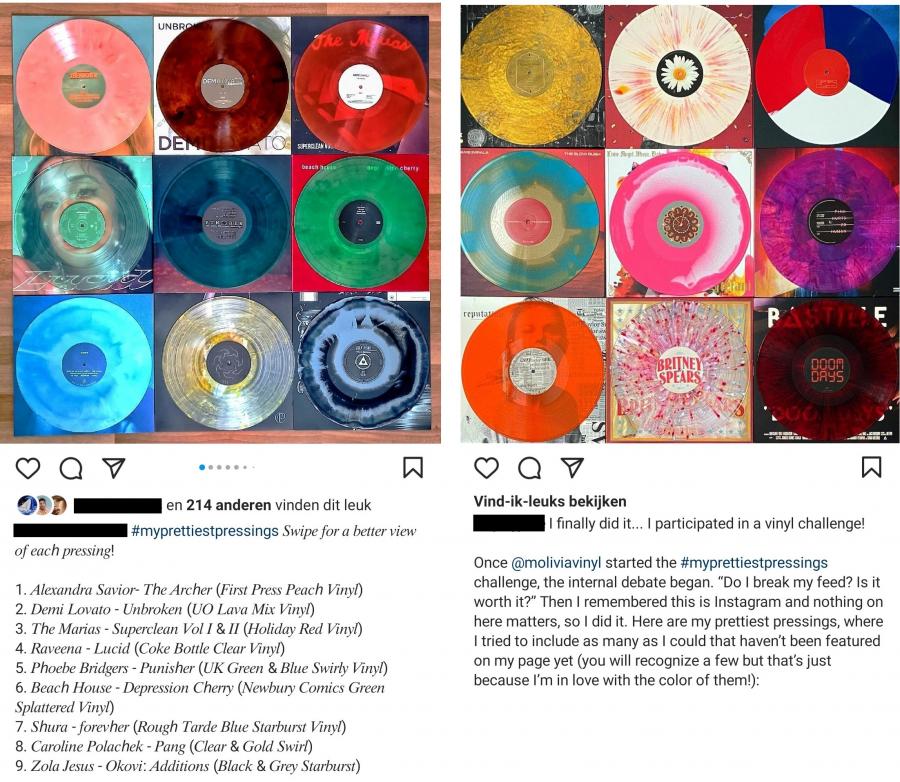
Figure 15. Collage of two vinyl collectors taking part in the prettiest pressings vinyl challenge
Another example of a vinyl challenge is ‘April vinyl showers.’ The inventors of this challenge posted a picture announcing the challenge (Figure 16). It showed a category/theme to be followed for each day in April (Instagram, 2021). It was created to get people actively involved in posting and give them a chance to win a gift card. As you can see in Figure 17, the challenge was quite successful as the hashtag ‘April vinyl showers’ got used over 11.8 K times (Instagram, 2021). The picture also shows an overview of the most popular posts of this hashtag.

Figure 16. Instagram post announcing the April Vinyl Showers challenge
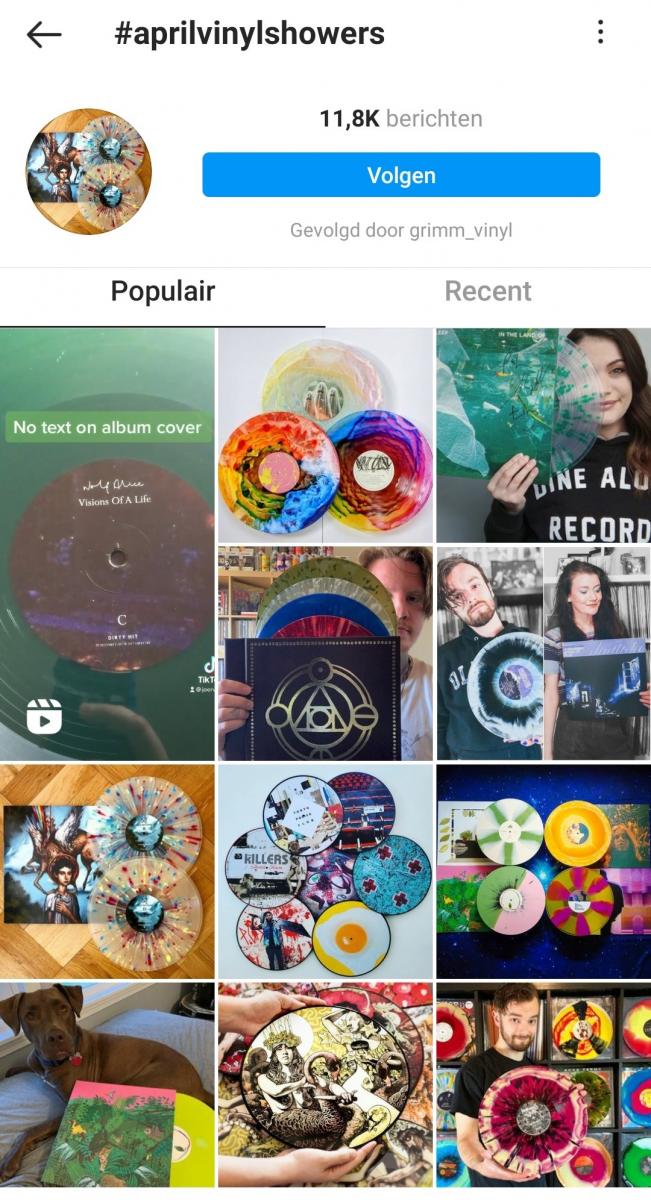
Figure 17. The April Vinyl Showers hashtag and its most popular posts on Instagram
The next fandom practice of the vinyl community on Instagram is that members create giveaways. They give away a particular record or edition, a gift card, or a sum of money to be spent on vinyl (Figure 18 & 19) (Instagram, 2021). This fandom practice is a thank you to the community and their followers for support. Just as with the challenges, giveaways are also a practice every collecter on Instagram can take up. One can be a vinyl influencer, a new community member or anything in between. There are no solid rules to holding a giveaway. It is not a law that states you have do one at some point, however, it is a fandom practice that occurs very often.
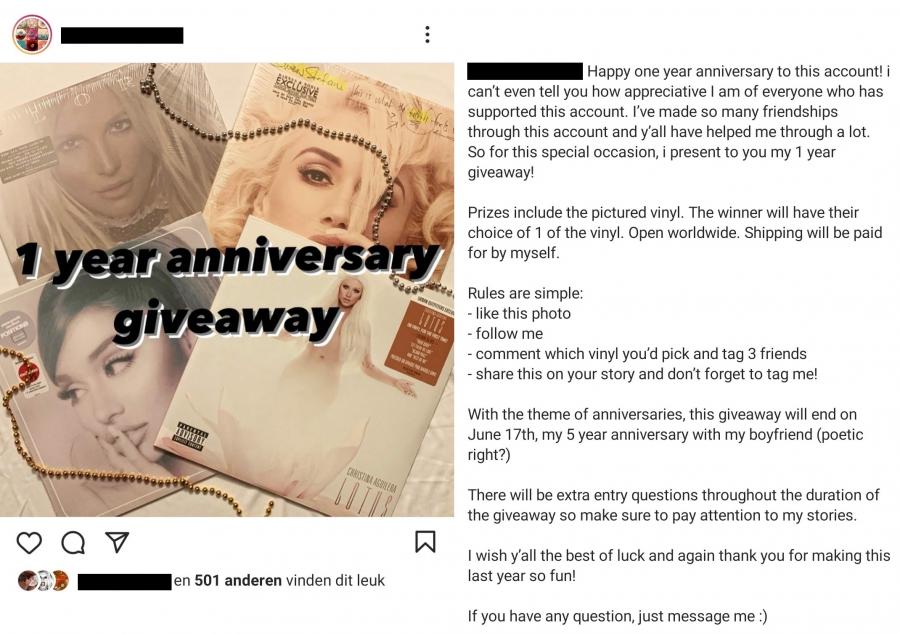
Figure 18. Vinyl collectors doing a giveaway on Instagram 1
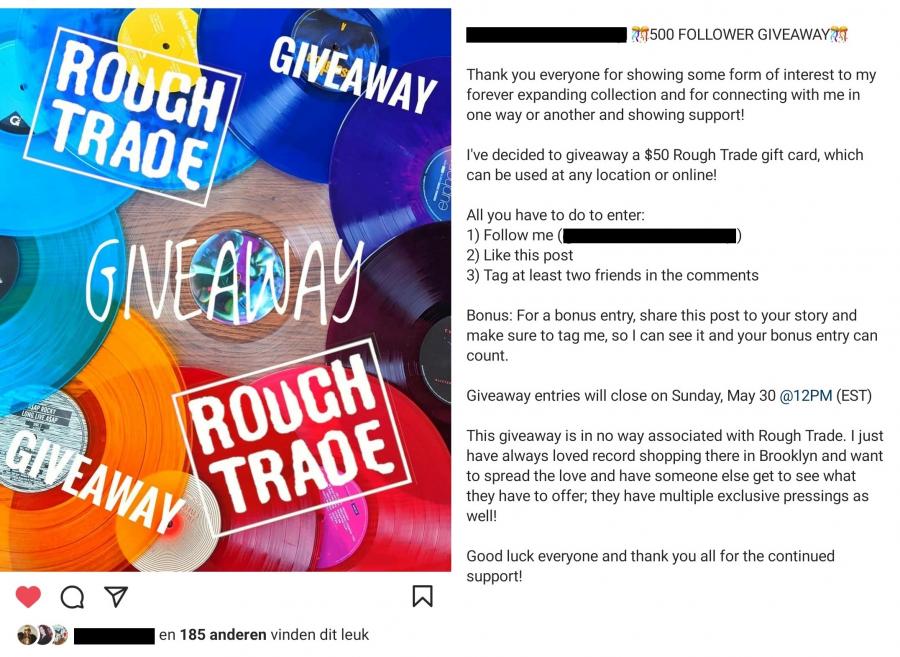
Figure 19. Vinyl collectors doing a giveaway on Instagram 2
Vinyl creations
A last category of practices is of fans making their own editions of albums. Multiple accounts on Instagram make so-called mock-ups. They design their take on artists’ records. This can happen when fans are not satisfied or pleased with the official release and its vinyl editions. There are whole accounts dedicated to mock-ups. Figures 20 & 21 show four accounts that specialize in mock-up designs (Instagram, 2021). They look very professional. They look so real that sometimes people mistakenly believe they are the official album releases..

Figure 20. Vinyl mock-up accounts on Instagram 1
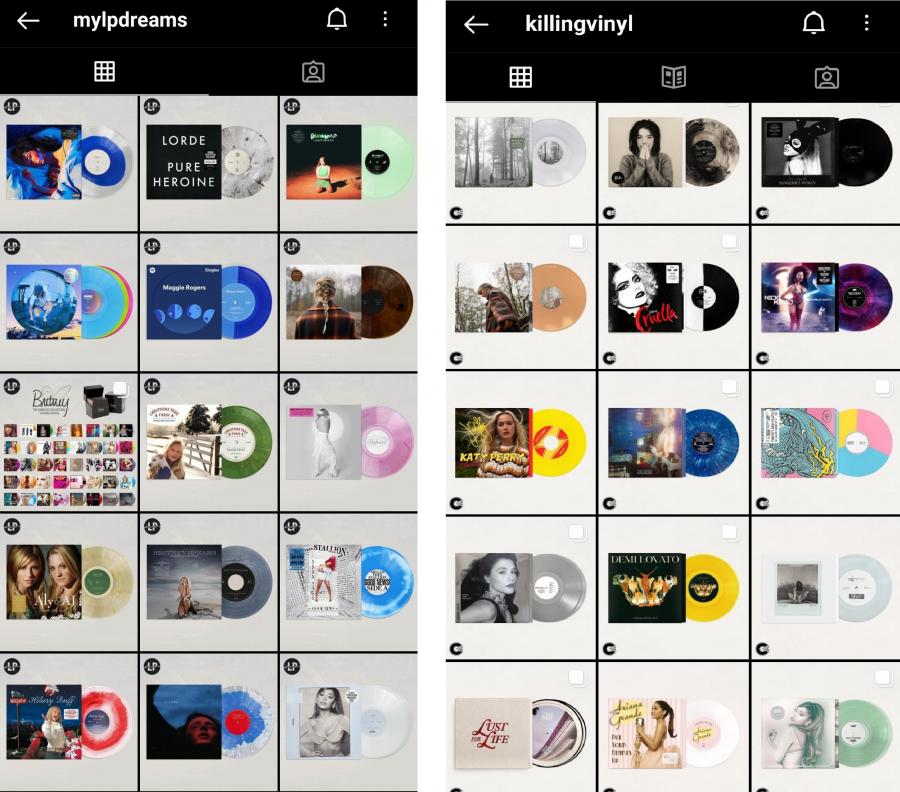
Figure 21. Vinyl mock-up accounts on Instagram 2
It does not always stop at just a virtual design. Sometimes, vinyl community members create their own version of an album, have it made, and printed. They do this, for example, because a specific album came in the edition of a picture disc: a vinyl record with a picture on it. These are packaged in a plastic sleeve, without a vinyl jacket. Recently, someone designed their vinyl jacket for Lana Del Rey’s new album Chemtrails Over The Country Club, inspired by the title track’s music video. He had his own design printed. Later the fan announced a giveaway of 5 of these custom jackets, which is pictured in Figure 22 (Instagram, 2021).
These mock-ups and other types of fan designs are an example of poaching (Jenkins, 2012). They poach specific albums from artists and create their version. For these collectors, these designs do the musical body of work more justice than the official releases. This also falls under participatory culture as digital technologies give these fans the means to appropriate said media content.

Figure 22. Vinyl collectors on Instagram making their own vinyl jackets
Gamification of vinyl collecting
Besides fandom practices, the Instagram vinyl community shows signs of gamification. Gamification is the deployment of game elements and game logic in areas in society beyond the gaming field. The first instance of this gamification is a practice I discussed above: giveaways. This is both a content creator "thank you" for the vinyl community, and it is an example of gamification. Games entail a competition element, with prizes you can win. It is the same with vinyl giveaways; you enter the contest by following the creator, liking the post, commenting on it, and sharing it in your Insta Story, hoping that you will win.
Games are about scoring points and breaking high scores. This is present in the vinyl community. Many members of the vinyl community on Instagram focus on getting as many 'likes' on their posts as possible. They actively ask their followers to share, like, and comment on their posts. Besides that, many collectors also seem very keen to gather a larger amount of followers. They actively count the number of new followers they receive each week or month. In this sense, vinyl posting becomes a competition instead of a fun visualization of their vinyl fandom.
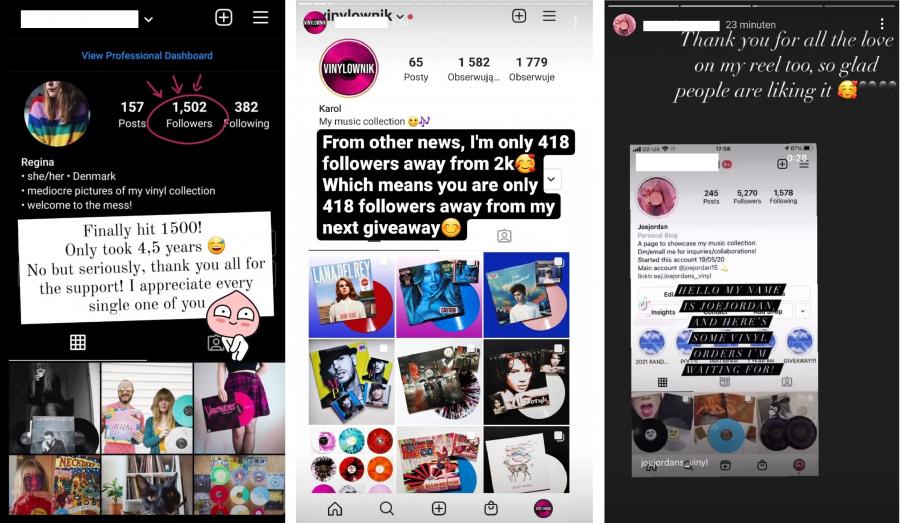
Figure 23. Vinyl community members driven by likes and amount of followers 1
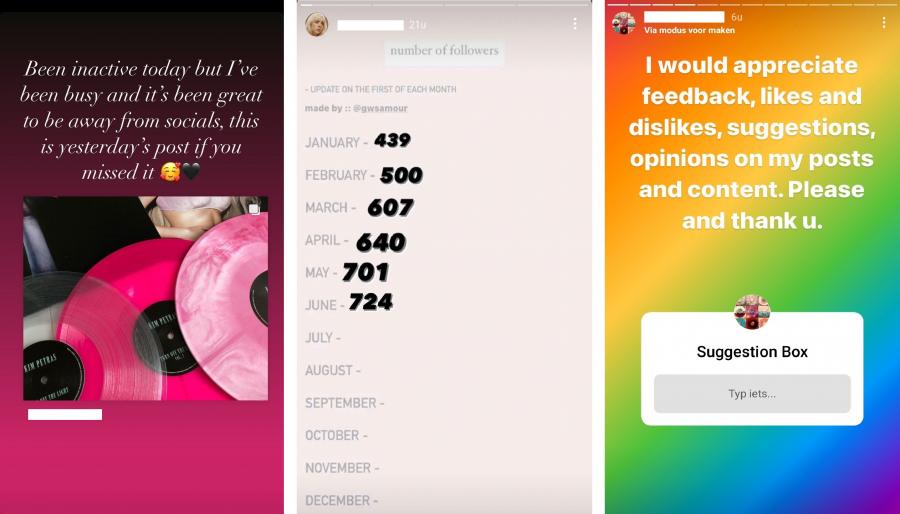
Figure 24. Vinyl community members driven by likes and amount of followers 2
The vinyl community on Instagram in a nutshell
At the start of this paper, I posed the following question: What can the vinyl community on Instagram tell us about fandom? Vinyl collectors on Instagram consume their fandom object:vinyl records. They attribute meaning to them by interacting with them. They do this in various ways, such as naming favorite tracks, relating to the music and its lyrics in a personal way, and attaching memories to them. These forms of interaction can lead to the notion of ‘popular reading’ of these musical albums, which are very personal and do not always follow the intended meaning of its producers.
Members of the vinyl community on Instagram use their fan object to create their own content. Digital technologies and social media provide fans with opportunities and options to produce their own content. The vinyl collectors on Instagram are a great example of this. Firstly, they post photos of the vinyl albums. Secondly, they take the vinyl record and create a constellation or aesthetic that suits their view of the album. Some fans go a step further and copy a singer’s physical image in their post. This is an example of the commodification of celebrity: the star’s looks are consumed and copied by the fans.
There are members of the vinyl community that use the vinyl fan object in a literal sense. These individuals take the records and create a personal version.. This is portrayed in the notion of mock-up accounts. The creatorsbehind these accounts create mock-up designs for specific musical albums. The Albums remain a digital design or sketch. Some creatorshave their design produced and made, albeit in a minimal run of a small number of copies in total.
The fandom practices of the vinyl community on Instagram are a visualization of De Certeau's notion of poaching. These vinyl collectors take the popular culture object of musical albums on vinyl and use it for their own purposes. When they are not satisfied with the product designed and distributed by the entertainment industry, they critique. Collectors can go even further and actually poach the ablumby creating their own version of it, . This practice also entails participatory culture. With the help of digital technologies fans are able to appropriate the media content to their own tastes.
Another instance of participatory culture is that the vinyl collectors on Instagram create a community feeling by supporting and helping each other. They help other collectors get specific vinyl records, either by posting about a website or store that has them in stock or directly assisting in purchasing the album in question.
Lastly, fandom practices of vinyl collectors on Instagram also portray influences of gamification. There is an all-around focus on likes and followers. Because of this, their fandom practices fall victim to a competitiveness . Even when they want to, as they say, ‘give back,’ they do so with a contest. They announce a giveaway in which their followers compete with each other and chance to win a prize.
References
Click, M.A., Lee, H., & Holladay, H.W. (2013). Making Monsters: Lady Gaga, Fan Identification, and Social Media. Popular Music and Society 36(3), 360-379.
Driessens, O. (2012). The celebritization of society and culture: Understanding the structural dynamics of celebrity culture. International Journal of Cultural Studies 16(6), 641–657.
Duffet, M. (2013). Understanding Fandom: An Introduction to the Study of Media Fan Culture. New York: Bloomsbury
Jacobs, R., (2020). “I am fan of an entire universe created by fans rather than just the source text on its own.” An exploration of the new dimensions facilitated by convergence culture with regards to fandom. (Bachelor Thesis) Tilburg: Tilburg University.
Jenkins, H. (2012). Textual poachers: Television fans and participatory culture. New York: Routledge.
Jenson, J. (2002). Fandom as Pathology: The Consequences of Characterization. In Lewis, L.A. (Ed.), The adoring audience: Fan culture and popular media (pp. 9-29). Routledge.
Muriel, D., & Crawford, G. (2018). Video games as culture: considering the role and importance of video games in contemporary society. Oxfordshire: Routledge